The Art of Yoga and Meditation
What is yoga? A fusion of motion and presence.
Yoga is not just about contorting your body into complex poses—it’s a comprehensive practice that integrates physical movement, breath control, and mental concentration. Originating in ancient India more than 5,000 years ago, yoga (from the Sanskrit word ‘yuj,’ meaning union) aims to bring balance and harmony to the body, mind, and spirit. In the present day, yoga has become a worldwide phenomenon, with millions engaging in various styles, ranging from gentle hatha to intense vinyasa flows.
The origin of yoga.
The roots of yoga can be traced back to the ancient indus valley civilization, where archaeological discoveries of seals depicting meditative postures have been made. The practice was documented in texts such as the yoga sutras of Patanjali, which were written around 400 CE, providing a comprehensive guide to achieving enlightenment through eight distinct limbs. These limbs encompass ethical principles, physical postures (asanas), breath control (pranayama), and meditation. It’s like a recipe for inner peace, with a sprinkle of self-control and a generous serving of patience.
Discovering Your Zen: A Guide to Different Styles of Yoga
Not all yoga practices are the same—there’s a variety of styles available, catering to individuals of all skill levels, from beginners to experienced practitioners. Here are some common types:
Hatha yoga
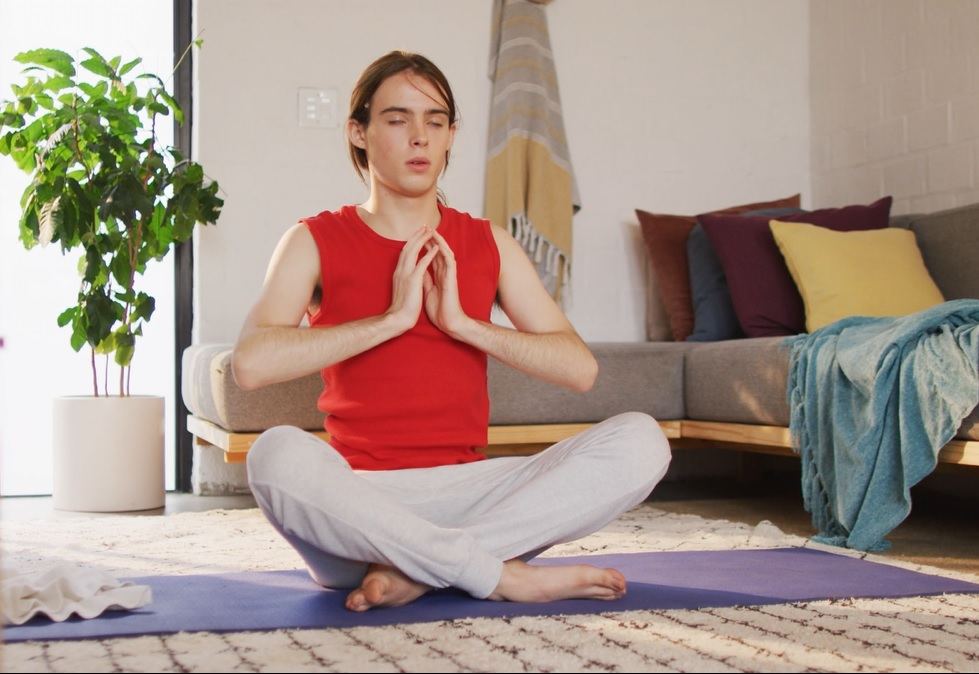
Hatha yoga: a slow and gentle practice, ideal for beginners as they learn various poses and breathing techniques.
Vinyasa yoga: dynamic and flowing, synchronizing movement with breath for a dance-like experience.
Ashtanga yoga: demanding and organized, perfect for individuals who thrive on a challenge.
Yin yoga: long, calming stretches held for extended periods to alleviate tension.
Bikram yoga: a rigorous 90-minute session performed in a heated room, not suitable for those with low tolerance for heat.
Each style has its own advantages, so feel free to try different approaches to discover what works best for you. I began with hatha yoga, assuming it would be a simple practice, but soon realized that my hamstrings had different ideas.
The Physiological Mechanisms of Yoga’s Advantages.
Yoga is not just beneficial for mental health—it’s also supported by research. Research indicates that practicing yoga can alleviate stress, enhance flexibility, and promote cardiovascular well-being. According to a study published in the Journal of Clinical Psychiatry in 2018, practicing yoga was found to have a significant impact in reducing symptoms of anxiety and depression. It’s like a natural antidepressant, minus the side effects.
Advantages of Practicing Yoga Physically.
Practicing yoga builds strength, corrects alignment, and increases suppleness. It’s gentle, making it suitable for people of all ages. Consistent practice can help reduce blood pressure, enhance lung capacity, and even promote better digestion. I had the opportunity to attend a yoga retreat where an elderly participant surpassed me in every pose, serving as a testament to the fact that yoga helps maintain youthfulness.
Psychological and emotional advantages.
Yoga’s enchantment lies in its power to soothe the mind. By directing attention to breath and physical activity, it stimulates the parasympathetic nervous system, leading to a decrease in cortisol levels. It’s like hitting the pause button on life’s stress. After attending my first yoga class, I felt as if I had received a mental massage—clear, calm, and prepared to tackle the challenges of the day.
Yoga vs. Traditional Exercise: A Comparison of Benefits and Drawbacks.
Aspect:
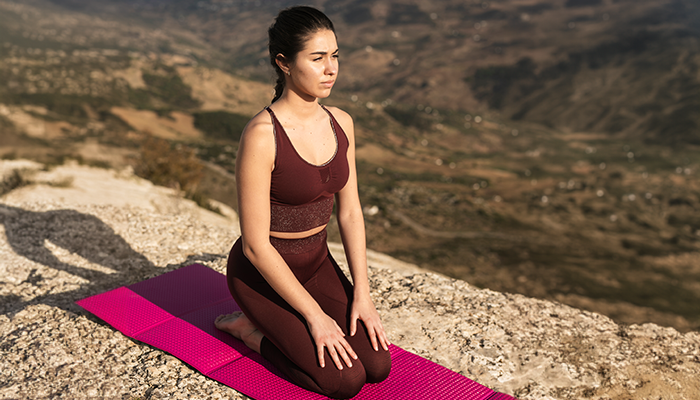
Yoga is a practice that involves physical, mental, and spiritual aspects. It can help improve one’s health, well-being, and happiness.
Traditional physical activity.
Attention:
The Relationship Between the Mind and Body
Physical fitness.
Strength:
Low to moderate.
Moderate to high.
Mental advantages.
Meditation, relaxation.
Endorphin surge.
Accessibility:
Beginner-friendly:
Varies by activity.
Tools required.
Minimal (mat optional).
Often necessitates equipment.
Yoga’s unique advantage lies in its comprehensive approach, seamlessly integrating physical and mental well-being.
Meditation: the practice of tranquility.
Meditation is the tranquil sibling of yoga, concentrating on developing the mind to attain serenity and tranquility. It’s not about emptying your mind (good luck with that!) but observing thoughts without judgment. From the ancient traditions of Buddhism to the latest meditation apps, this practice has transformed into a tool accessible to all.
Meditation Techniques.
There’s a mindfulness technique for every temperament:
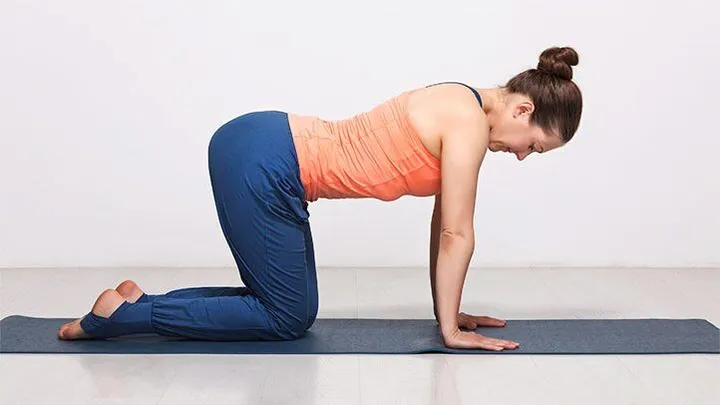
Mindfulness meditation: concentrate on the present moment, frequently utilizing breath as a point of focus.
Transcendental meditation: repeating a phrase to calm the mind.
Loving-kindness meditation: fostering compassion through positive affirmations.
Guided meditation: following a teacher or app for structured relaxation.
Zen meditation: a disciplined practice originating from buddhist tradition, focusing on posture and breath.
I attempted mindfulness meditation after enduring a particularly chaotic week, and attempting to sit still for 10 minutes felt like battling a tornado. But with practice, it became my daily reset button.
How Mindfulness Enhances Well-Being
Mindfulness practice alters the neural structure. According to a study conducted by Harvard in 2011, engaging in mindfulness practice for eight weeks resulted in an increase in gray matter in the hippocampus, leading to enhanced memory and emotional regulation. It’s like enhancing your cognitive abilities while enjoying a cup of tea. Engaging in regular meditation not only alleviates anxiety but also improves focus and enhances sleep quality—ideal for individuals managing a hectic lifestyle.
Beginner’s Guide to Yoga and Mindfulness
Embarking on this journey doesn’t necessitate a high-end studio or a collection of stretchy pants. All you need is an open mind and a sense of curiosity. Here are some tips to help you get started without feeling daunted.
Arranging Your Room.
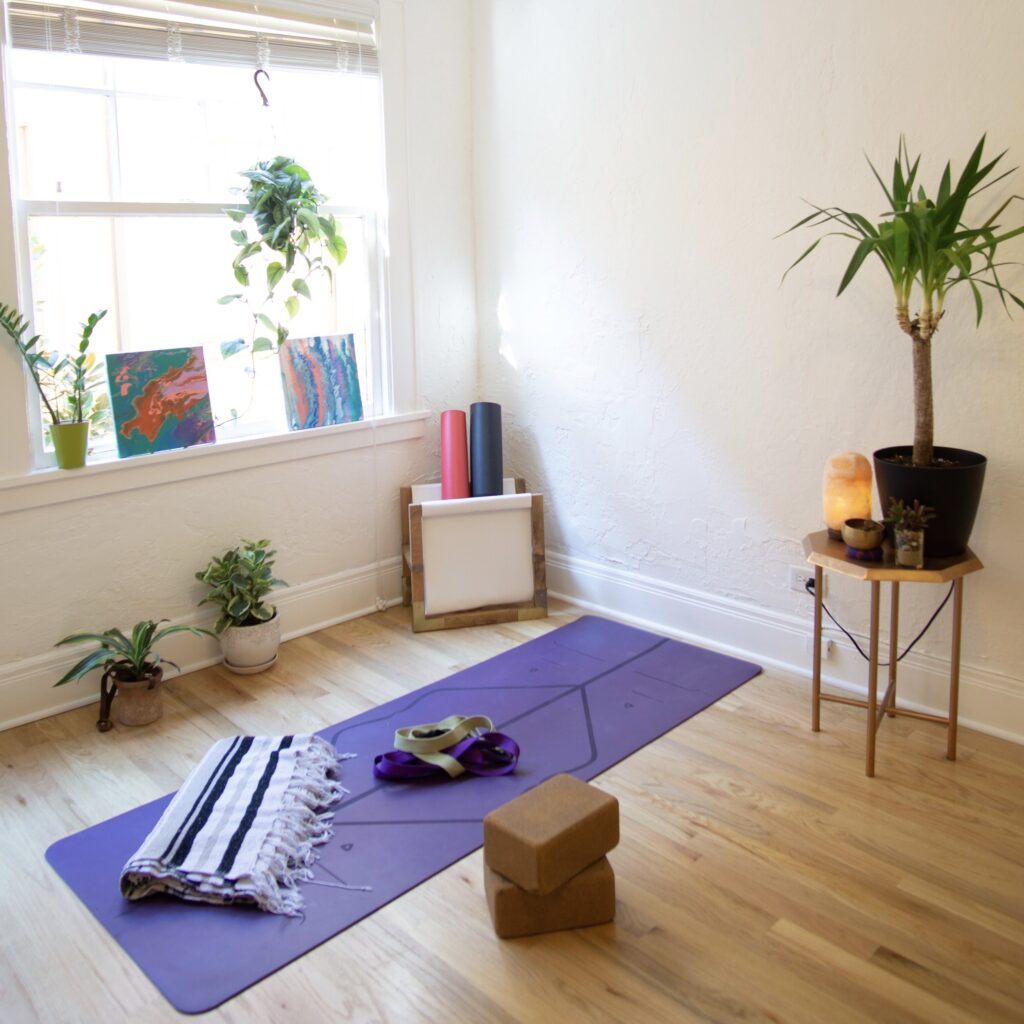
Designate a tranquil space in your home by setting up a yoga mat, a cushion, and perhaps a scented candle to create a soothing atmosphere. My initial ‘yoga studio’ was a small section of my living room, furnished with a mat purchased from a discount store for just $10. Make sure your environment is peaceful and devoid of interruptions (including turning off your phone!).
Easy yoga poses for beginners.
Begin with these simple poses to build self-assurance:
Mountain pose (tadasana): stand upright, with your feet firmly planted on the ground, and embrace the power within you.
Child’s pose (balasana): a calming pose that helps to relax and stretch the hips.
The downward dog pose (adho mukha svanasana) stretches the entire body and helps in building strength.
Tree pose (vrksasana): enhances balance and concentration (don’t laugh when you wobble!).
Repeat each exercise for 30 to 60 seconds, concentrating on consistent breathing. My initial attempt at a tree pose resulted in me tumbling into a heap of laundry—humiliating, yet amusing.
Begin a mindfulness routine.
Start with 5 minutes daily. Find a cozy spot, shut your eyes, and concentrate on your breath. Apps like headspace or calm can assist you, but you can also explore free YouTube videos for guidance. I began with guided meditations because my mind often drifted to grocery lists, so I needed some guidance to stay focused.
Resources for Achievement.
Here are the top resources to get you started:
Yoga mats:
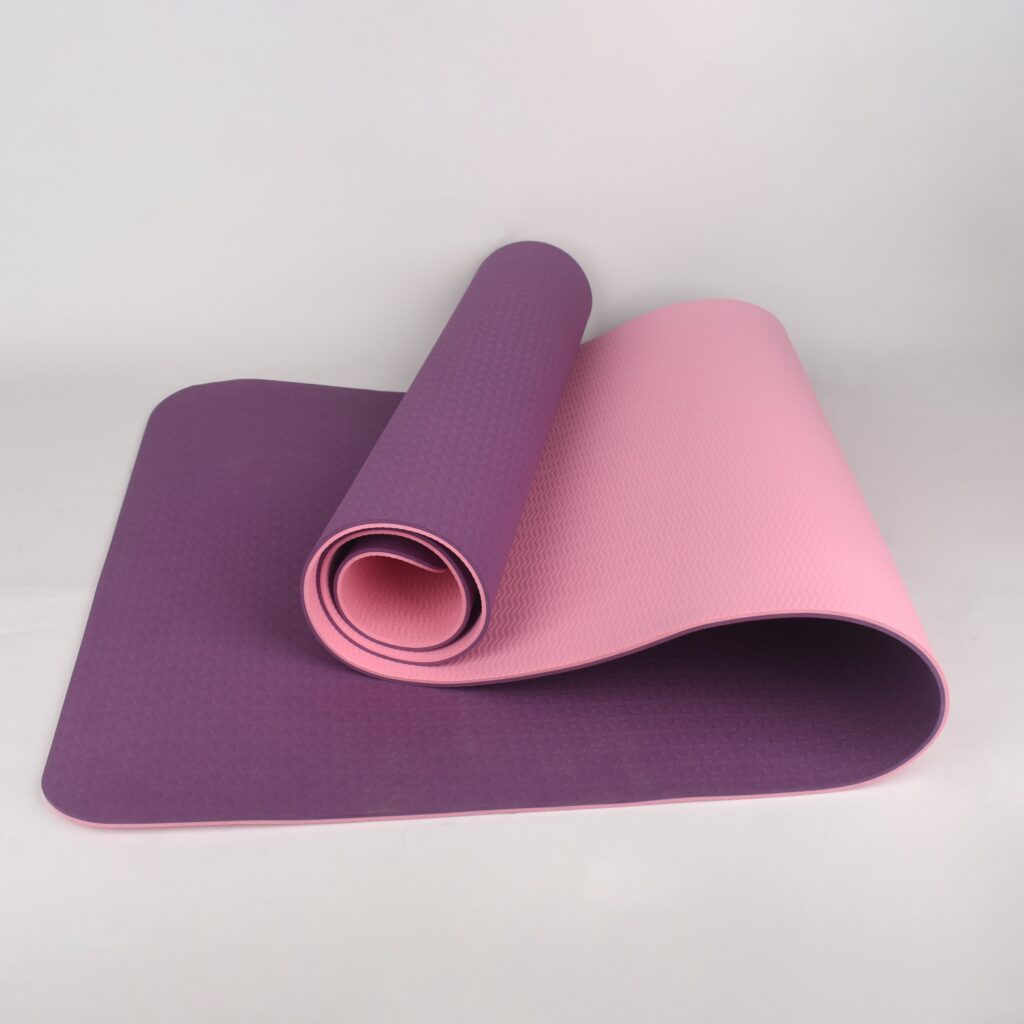
prioritize non-slip options such as liforme or manduka (affordable alternatives also work well).
Meditation apps such as headspace, calm, or insight timer provide users with guided sessions to help them relax and focus.
Online classes: platforms like yoga with adriene or glo offer free or reasonably priced classes.
Books: the heart of yoga by t.K.V. Desikachar or meditation for beginners by jack kornfield are excellent reads.
To find local classes, check community centers or studios such as corepower yoga or yogaworks. Many provide novice discounts.
Advantages and Disadvantages of Yoga and Meditation.
Cons:
Enhances suppleness, power, and cognitive acuity.
Suitable for people of all fitness levels and ages.
Engaging in regular exercise can alleviate stress and foster emotional equilibrium.
All you require—beginning point, any time.
Builds a sense of community in group classes.
Con:

Consistency is necessary for noticeable results.
Certain yoga styles (e.g., bikram) may appear challenging for beginners.
Focusing on the breath can be difficult for anxious thoughts.
Without a budget plan, studio classes can be an expensive investment.
Despite these drawbacks, the advantages greatly outweigh the difficulties with consistent practice.
Incorporating yoga and meditation into everyday routines.
Life can be hectic, but practicing yoga and meditation doesn’t require a significant chunk of your day. Even a few minutes of activity can have a major impact. Here are some tips to help you remember them.
Establishing a schedule.
Begin with a short yoga routine, such as a 10-minute morning flow or a 5-minute evening meditation. Prioritize it like a appointment you can’t reschedule. I discovered that combining yoga with my morning cup of coffee became a routine, almost like a ritual to begin my day on a positive note.
Addressing prevalent obstacles.
Time limitations: utilize short YouTube videos or apps for efficient and quick sessions.
Lack of motivation: consider joining a local class or finding a yoga partner to keep each other accountable.
Physical limitations: adapt poses using props such as blocks or straps.
Initially, my biggest obstacle was doubting my flexibility. However, yoga teaches us that flexibility is not a prerequisite—it embraces us regardless of our current state.
Being Present in Everyday Life.
Meditation is not limited to the posture of sitting cross-legged. Engage in mindfulness while performing mundane tasks such as washing dishes, strolling, or standing in line. Concentrate on your senses—what you see, hear, or feel. It’s like incorporating meditation seamlessly into your daily routine without anyone realizing it.
People also ask (paa) subsection.
Here are real questions from google’s paa, answered succinctly:
How can yoga and meditation improve your health and well-being?
Yoga enhances flexibility, strength, and heart health, while meditation alleviates stress and improves concentration. Together, they advocate for overall well-being, supported by research findings from Harvard and the Journal of Clinical Psychiatry.
What are the first steps for new yogis?
Begin with simple yoga styles such as hatha, use a yoga mat, and follow free online classes (e.g., yoga with Adriene). Engage in basic poses such as child’s pose for a duration of 10–15 minutes each day.
How does mindfulness practice affect stress levels?
Absolutely, meditation helps alleviate anxiety by decreasing cortisol levels and stimulating the parasympathetic nervous system. A study conducted in 2014 in the medical journal Jama Internal Medicine revealed that practicing mindfulness meditation had a significant positive impact on reducing anxiety symptoms.
Is it possible to practice yoga and meditation in your own space?
Absolutely!: All you require is a peaceful environment, a yoga mat, and access to online platforms like YouTube or apps. Begin with 5–10 minutes each day to establish a routine.
